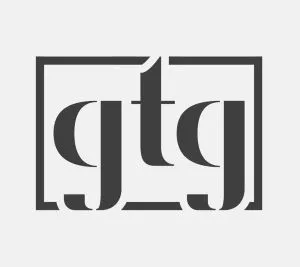- within Technology topic(s)
- in Asia
- within Technology topic(s)
- in Asia
- in Asia
- within Immigration, Tax and International Law topic(s)
- with readers working within the Banking & Credit, Chemicals and Oil & Gas industries
EUCC Certification
The EU Cyber Resilience Act (CRA) is one of the most significant upcoming regulations for manufacturers, software vendors, and businesses placing connected products on the EU market. Set to apply from 2027, it introduces strict cybersecurity obligations across the product lifecycle; from design and development to maintenance and vulnerability management.
While much attention has been placed on the CRA itself, a key step has already been taken to prepare the ground for its implementation: the adoption of EUCC, the first formal EU cybersecurity certification scheme.
What is EUCC?
The EUCC (European Common Criteria–based certification scheme) was adopted under the EU Cybersecurity Act and will start applying in February 2025.
This scheme is based on the internationally recognised Common Criteria framework and provides a standardised way for organisations to demonstrate the cybersecurity of their products.
Why is EUCC so important for CRA compliance?
The CRA creates a presumption of compliance for any product certified under an EU-recognised cybersecurity certification scheme. Currently, EUCC is the only such scheme in place.
This means that products certified under EUCC are presumed to meet the relevant CRA obligations. For businesses, this offers a clear and structured pathway to compliance, reducing duplication, mitigating risk, and providing a valuable head start before the CRA becomes mandatory in 2027.
A strategic opportunity for businesses
Acting now is not only about avoiding last-minute compliance challenges. Certification under EUCC brings tangible benefits, including:
- Early CRA alignment – Establishing compliance processes ahead of the 2027 deadline.
- Regulatory and market advantage – Signalling to partners, clients, and regulators that cybersecurity is taken seriously.
- Cost efficiency – Reducing long-term compliance costs by building secure development and vulnerability management processes early.
What will certification require?
Achieving EUCC certification is not a tick-box exercise. It requires:
- Comprehensive technical documentation.
- Secure software development practices integrated into the product lifecycle.
- Robust vulnerability management policies to identify and address threats over time.
These measures take time to develop and implement, making early action essential.
At GTG, we are helping businesses navigate this new regulatory landscape by providing:
- Product scoping and readiness assessments for EUCC certification.
- Implementation guidance for secure development and compliance frameworks.
- Strategic alignment for dual compliance with EUCC and CRA requirements.
The bottom line
The CRA is coming but the tools to prepare are already here.
By leveraging EUCC certification, businesses can demonstrate security maturity, reduce future compliance burdens, and gain a competitive edge well before the CRA becomes mandatory.
Don't wait for 2027. Take proactive steps now to secure your products, protect your business, and show regulators and clients that you are ahead of the curve.
The content of this article is intended to provide a general guide to the subject matter. Specialist advice should be sought about your specific circumstances.


